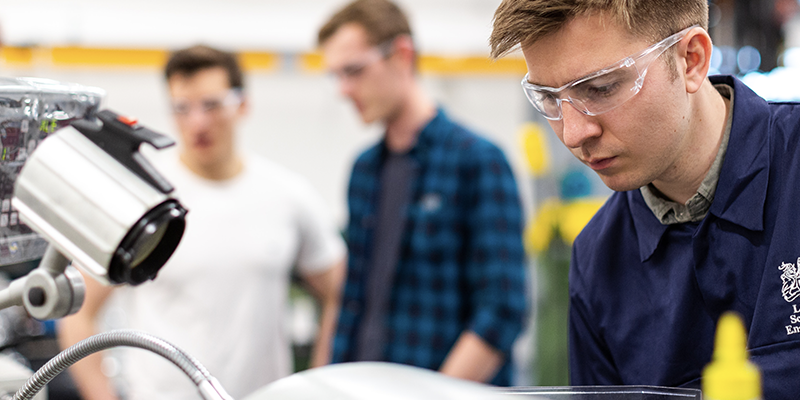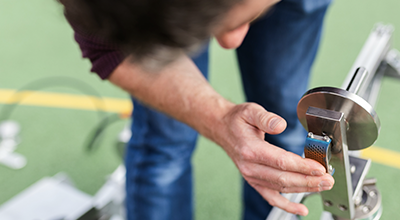As engineers, we are trained to solve problems. We are thought to break down problems into smaller parts and seek the root cause of the problem. We are taught a range of analysis skills. Following the scientific method, we begin to postulate solutions and invent countermeasures that improve on the current situation. It is usually a natural mindset for us – that’s why we are in this business!
But where do you stop? You can always make something better! This is a question I often struggle with especially as a manager. I try to teach and mentor our team to seek “good-enough” so we can move on to the next problem. This is a tough concept for some people who feel that they can (and should) always strive for “better” or even “best”! Isn’t better… better? How do you avoid “polishing the apple” or “analysis paralysis”?

One method is to ask the questions, “will the customer be satisfied?” What you don’t have requirements defined? Go get them! Or write them down yourself. You need a goal, or you won’t be able to tell when you’re done. Define done with your product manager or your customer. Debate the target if you’d like, but once it is determined, this is what you are striving for. When you get there, stop! Why go further? If you going further helps, why didn’t the requirements say so? If you achieve the target, that is “good enough”.
Another question is “are you still adding value by making it “better”?”. Will your customer pay more for your product if you achieve this next level of improvement? Would you pay more for it if it was your money? I had a team member who was faced with the problem of a cracked weld on a trailer frame. It looked like water had come in and frozen and expanded to split the weld along one side of a joint. My teammate’s proposal was, “It would be best if we cut the frame member out and weld in a new piece”. My response was, “If this was your trailer, would you pay $50 to have the seam re-welded and spray paint it when you got home, or pay $500 for a new frame member, fully welded and professionally repainted. This is just a trailer, after all. Most of us would just pay the $50 because that is good enough for a trailer.
“are you still adding value by making it “better”?”
Along those same lines, what do we do with the $450 we didn’t spend of the trailer? We spend in on something else that is more important, more valuable, to us! Same is true for reaching good-enough in design. Your company has many problems to solve, with many value propositions. Is it worth continuing to spend your time making the final small (if any) improvements “because you can”? Or are you at good-enough and can move on to something that is not good-enough - where you are truly adding value to your product and to your customer.
So engineering and other value adders, look for good-enough. Define good enough and strive for it. And when you get there, be done and move on to the next challenge where you will again be faced with the questions of “Is this good-enough”? If it is, STOP! Because better is the enemy of good-enough.

So engineering and other value adders, look for good-enough. Define good enough and strive for it. And when you get there, be done and move on to the next challenge where you will again be faced with the questions of “Is this good-enough”? If it is, STOP! Because better is the enemy of good-enough.

